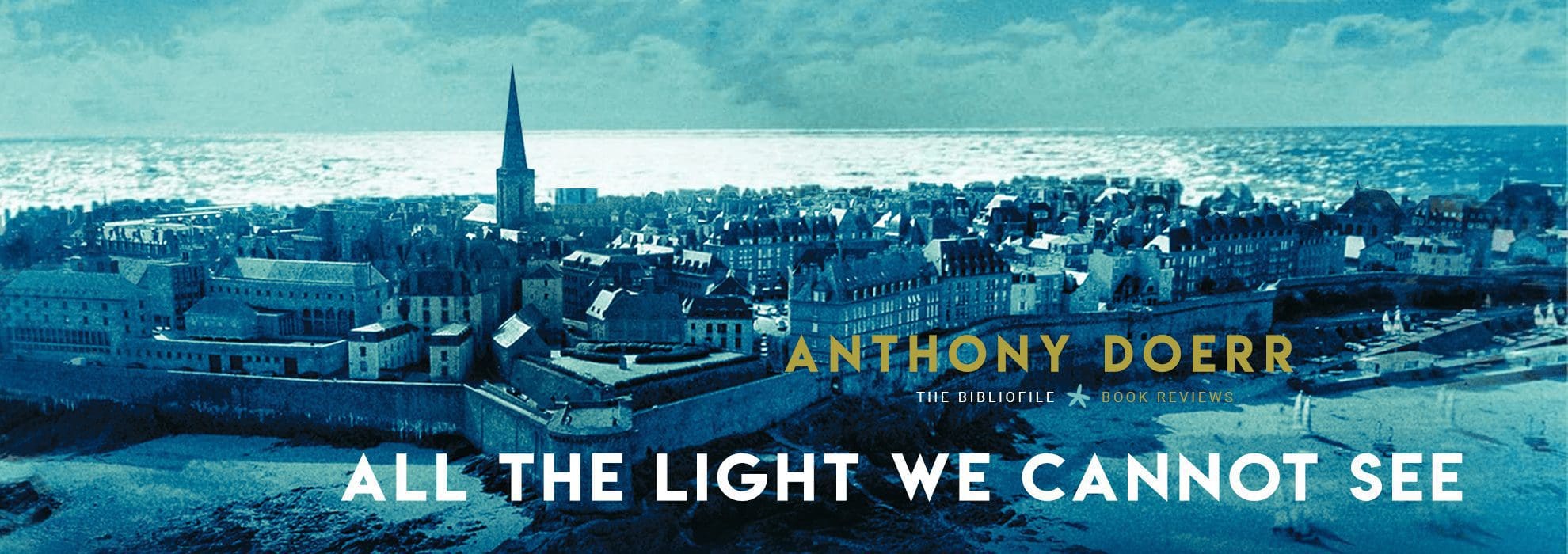All The Light We Cannot See
All The Light We Cannot See by Anthony Doerr. A very good book. Set in Paris, Saint Malo, Germany and Russia, it follows the lives of a few main characters just before, during and after WW2. The main story culminates with the fire-bombing of St Malo in August 1945. The main characters are a blind girl (who survives the terrifying fire-bombing), her father and great-uncle; a very young German soldier (radio-tracking private), his sister and his giant sergeant; a large diamond; and a German sergeant major who is tracking it.
I think that Doerr captures extremely well the mix of violence, love, beauty and gentleness. A contrast between the mindless violence of Germans and the love and caring of several people for Marie-Laure. For me, this book is almost the equivalent of ‘All Quiet on the Western Front’, though with civilians in the mix and a blind one at that. Some (maybe the majority) join in the mindless violence without a second thought; others strive to get through each day as well as they can – not bravery, just coping.
Doerr maintains a very nice line of tension throughout the book, with a constant threat of death hanging over everyone from the war and from the curse of the diamond. Interleaving the timeline of the story helps keep the tension.
Three chapters at the end bring the book to the modern day. I still do not know how Germany went from the brain-washed goose-stepping, slaughtering, fuerer worshipping nation of WW2 to the Germany of today. A switch is switched?
It is worth exploring the title ‘All The Light We Cannot See’: the blind girl is obvious (she does not see light); radio plays a large part in the story – a form of light that we cannot see; the young German who is smashed up during training because he says ‘no’ and will never see the light of his birds again; after WWI her uncle locks himself inside his house – yet emerges to deliver messages for the French Resistance; the true diamond reflects light in certain way. Also enlightenment and darkness are also themes.













